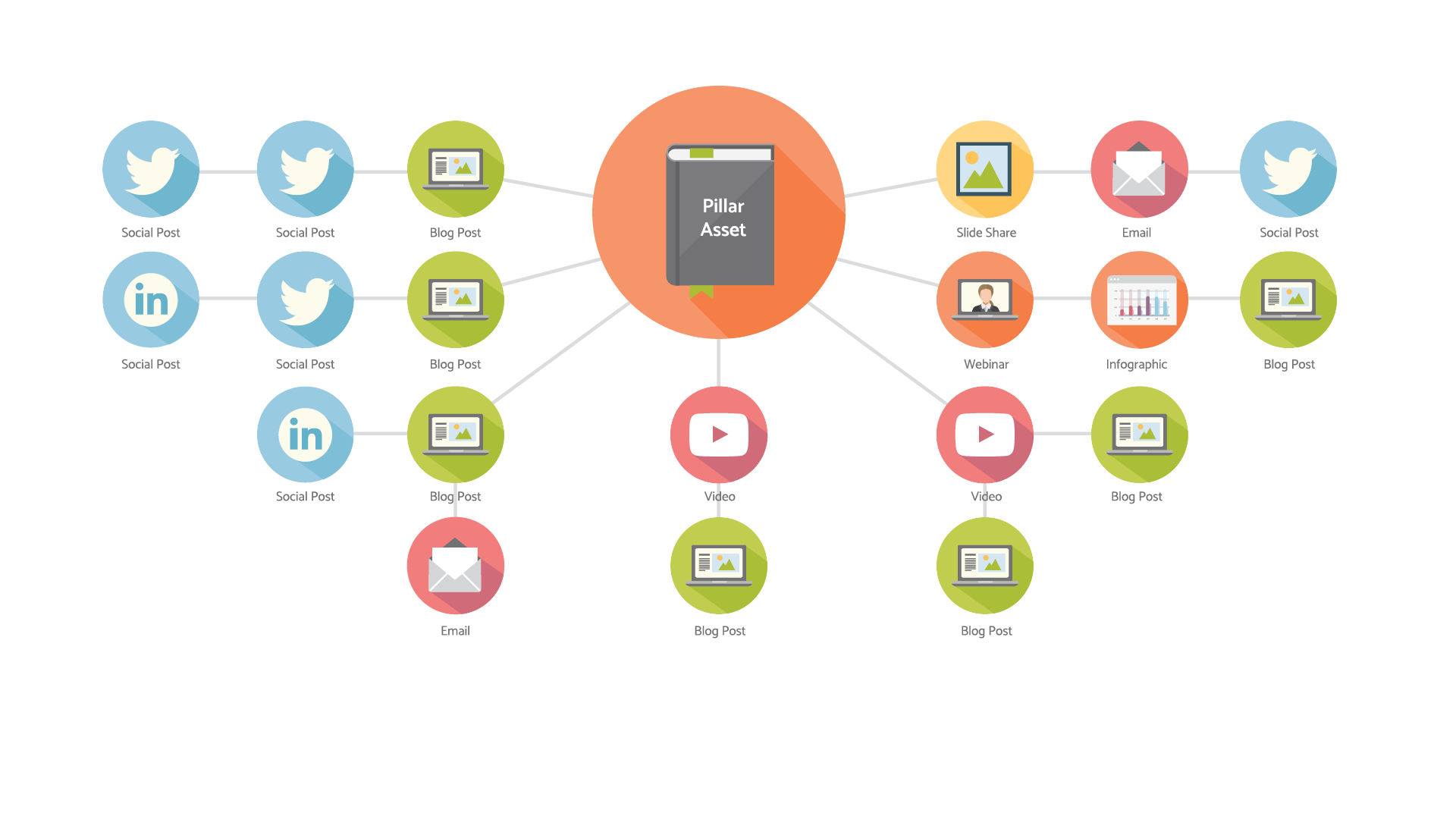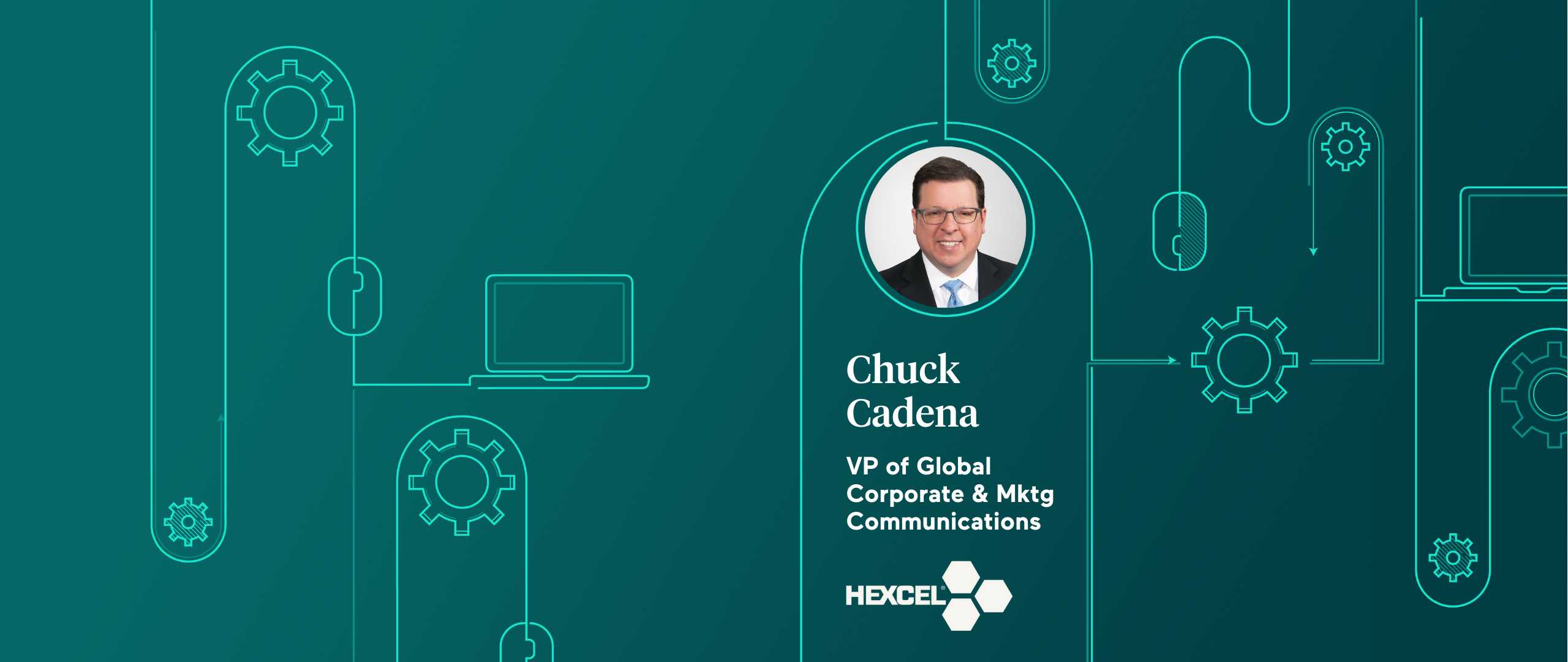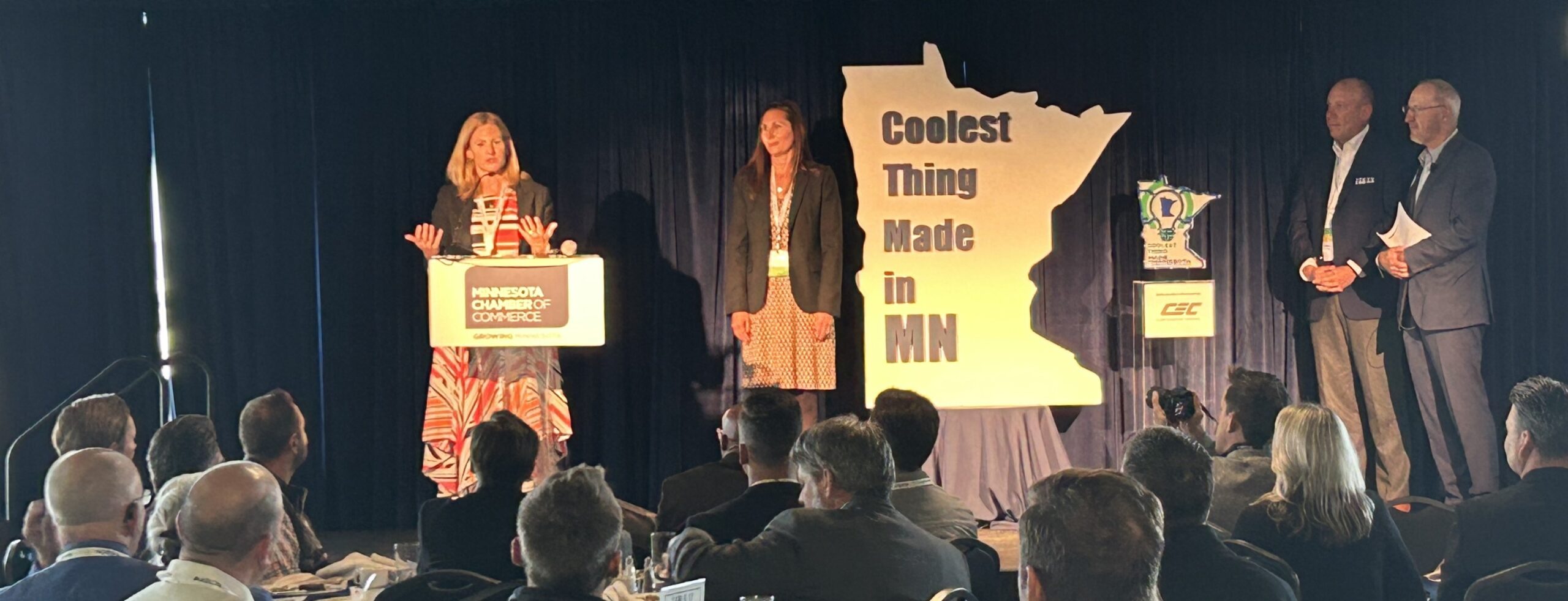Welcome to part three of our series on limitations B2B brands face in deriving real business value from PR, how to overcome them and reach the ideal state. In part 1, we covered how earned and paid media use different content and messaging, and how the view of PR is often restricted to brand awareness activities. In part 2, we covered the problems with a sporadic PR planning process, lack of an effective buyer engagement platform and content strategy not being integrated across all marketing efforts. In order to find a solution and get more impact from PR, you have to understand the factors that have long kept PR in a silo.
Now for the last two limitations…
6. Team and culture not built for agility.
Realities
We live in a 24/7 news cycle and B2B buyers expect brands to always be on. Proactive companies that can respond to customers’ needs in real-time, leverage timely news and offer an expert point of view win the race for mind share. However, many B2B corporations aren’t structured for this type of agility and require many layers of approvals, making it a challenge to engage quickly.
Ideal state
A documented “rapid response” workflow with well-defined roles for select time-sensitive content accelerates approvals. Also, when all stakeholders are educated on the marketing objectives and importance of speed, specifically those outside of marketing, such as the legal department and general management, they understand the need for agility
7. Strongest content assets aren’t deployed across earned, owned and paid channels.
Realities
Sirius Decisions reports that up to 70 percent of content created by B2B marketing teams goes unused. Part of it is due to marketers not having a clear understanding of what topics and formats audiences want, but it could also be due to lack of a cohesive distribution plan.
B2B marketers typically remember to promote self-created content on owned and paid media channels, but they often forget to incorporate third-party-generated content (earned media) into owned and paid channels. Yet, if we don’t do something with earned media content after it’s been placed, we’re wasting it. Another reality: tagged links to company websites are often removed by publishers, making it difficult to measure engagement and leads from earned media placements.
Ideal state
The ideal state is to use paid channels, like LinkedIn Sponsored Content and programmatic platforms, to target very specific demographics and companies, ensuring your content is consumed by the right audiences at the right times. Companies can maximize their return on paid advertising when they not only promote branded content, but third-party trade articles to help extend the reach of earned media and make it more measurable. Similarly, marketers can get more mileage out of in-depth gated assets when they’re able to repurpose them in many ways and promote the derivative assets across owned, earned and paid media channels.
A new approach is never easy and effective integration isn’t going to happen overnight. It takes a mind shift and a business change. Start small with tactics that show immediate results to gain buy-in. If properly executed, these quick wins can provide you with data points to build a case for an entire integrated campaign in the future with educational, valuable thought leadership at the forefront.
Learn how to maximize the impact of PR to get to the ideal state by downloading our e-book: The B2B marketer’s guide to driving more business impact.



